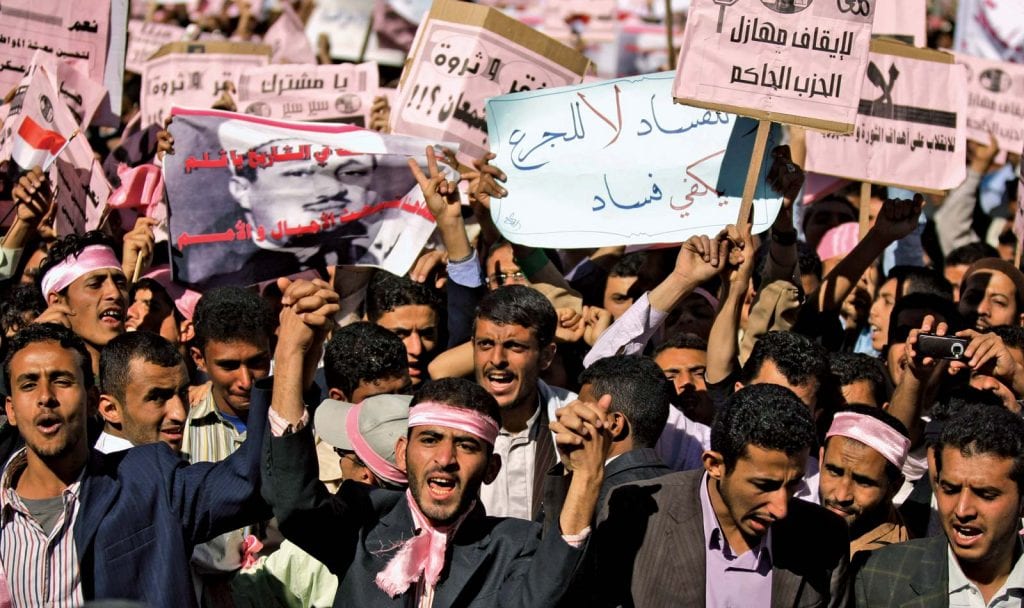Reviewing The Effects Of The Arab Springs
The Arab Spring refers to pro-democracy movements that challenged the existing totalitarian systems that dominated the Middle East and North Africa. The movement started around 2010 and 2011 in Tunisia and Egypt. The protests and movements in both countries saw the toppling of their systems in quick successions, which fueled other countries to attempt theirs. Of course, not every uprising was successful, and some have dragged on for such a long time.


Apart from the upthrowing of totalitarian governments, the Arab Springs have had other effects such as civil war, loss of lives, increased political activity, economic uncertainty, and decline. Some of the major effects are discussed below.
The End of Totalitarian Governments: This was the goal of the entire movement, and in certain instances, this goal was achieved. The likes of Egypt and Tunisia saw increased reforms and a period of accountability of government. Though there are still instabilities, the governments are at least on their toes.


Loss of Lives and Properties: The movement led to the loss of several lives and the destruction of several properties. The numbers are varied, but definitely, over 500,000 people have either died, been declared missing, or been displaced. The violence has not spared any age grade, as even children have been killed.
Increased Political Activity: Another positive effect of the Arab Spring was an increased political consciousness that was birthed in the masses of that region. There was also an explosion of media groups, as well as civil and human rights societies in the region.
